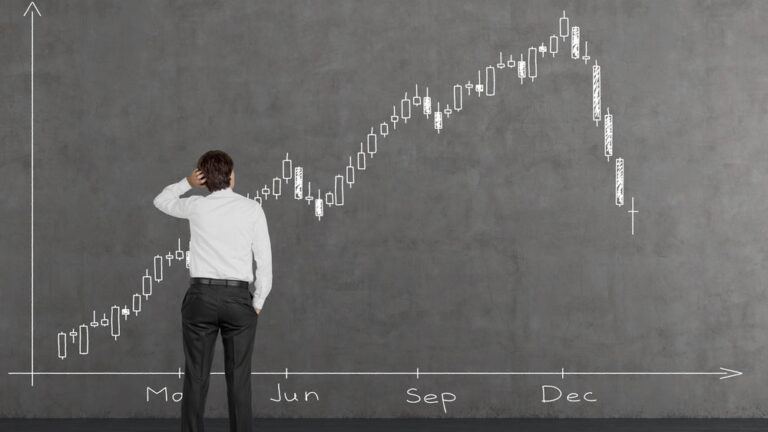Stocks Head For Critical Stress Test
Jeffrey Wood

On average, two to four times a year, the S&P 500 typically makes a pullback of around 5%. While we never know what the right side of the chart may bring, knowing that a 5% pullback happens roughly every three to four months can help us put this recent drawdown into perspective. And when you look at the chart, you’re going to see why we are at an important inflection point that is setting up for a potential big move in the months ahead.
The market tends to move in cycles or waves. You can study Elliott Wave theory if you want to know more, but for the sake of brevity let’s just simplify and say that after a breakout higher comes a pullback that leads into into consolidation before another wave higher.

Now, let’s look at the S&P 500 going into 2023. Some called the June 2022 low the end of the bear market, but they were only partially correct. It was the end of the pullback phase (1), but the lowest low of the 2022 bear market came later in October during the normal oscillation that occurs during the consolidation phase (2). Then came the next breakout phase (3).

I mentioned that the market typically has a 5% pullback a few times throughout the year. Let’s zoom into where we are now.
We’ve already dipped 3% from the most recent swing high, and another 2% drop would put us under the “breakout” phase support line. If that happens, we could be setting up for a steeper pullback, maybe the dreaded 10% or more. However, if we bounce off the support line, this would provide a good opportunity to get in during an intra-cycle low.

What’s the likely scenario? Statistics are telling us that the market could be more than halfway through a “typical” pullback, so we should be heading higher, right?
But with earnings nearly over and the latest round of inflation data showing higher-than-expected inflation readings, the question then becomes, “What is the next bullish catalyst?” Especially as we head into the historically poor-performing month of September. The risk is still to the downside for a bit longer, especially if we break down through that support line.
Ok, but could we go up from here?
I added the MACD and RSI indicators to the chart and you can see that during uptrends the RSI tends to bottom out around 45, which is where we are now. Even though the MACD is heading lower, I circled another area of the chart when the MACD headed lower, but the market moved sideways as it found support and eventually took off higher.

If we can find support at 4450, we’re likely to bounce around that level for a few days, maybe even have a false breakout, retest the support line, and then move back higher.
We will know more once we see how the market reacts to 4450. In either case, watch volume for an indication of how much support there is to the move in either direction.
If you have any questions, comments, or anything we can help with, reach us at any time.
Email: [email protected]
Phone: (866) 257-3008
Jeff Wood
Editor, Filthy Rich Dirt Poor
Coach, Options Testing Lab
Any trade or trade idea discussed is for educational purposes only. They will not be tracked as an official trade recommendation.

Contact
267 Kentlands Blvd #225
Gaithersburg, MD 20878
P. (866) 257-3008
(Monday-Friday 9:00 AM-5:00 PM EST)
About
Publisher of actionable and proven strategies and tactics to help investors build wealth and reach seven-figure portfolios.





